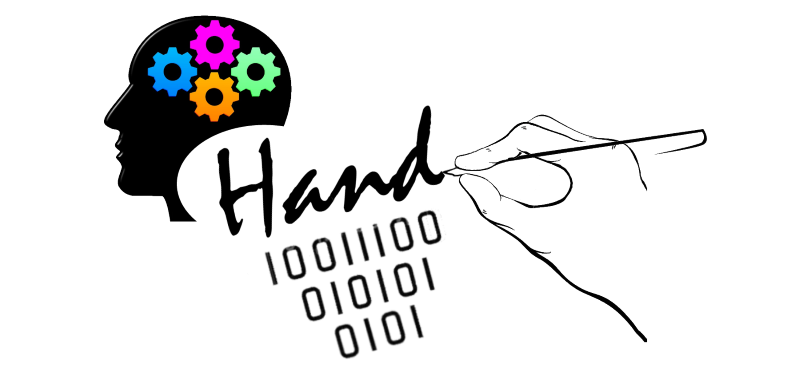Aims of the project
The project HAND intends to advance the research for the early diagnosis, monitoring and tracking of neuromuscular degenerative diseases (in particular Alzheimer's Disease). The innovative challenge is to perform non-invasive automatic and/or semi-automatic analysis of the handwriting according to specific cognitive tasks that will be designed and evaluated during the project. Depending on the developed cognitive tasks, additional non-invasive biometrics will also be researched.
Expected results are:
- Advancement in the analysis and evaluation of biometric parameters for the diagnosis of neuro-degenerative diseases
- Release of system prototype consisting of a biometric acquiring tool (e.g. tablet, handwriting board and/or other non-invasive devices) and processing system based on methodologies researched during the project
- A reference dataset publicly available at international level
- A protocol for patients testing during screening and follow-up
Elements of value and exploitation:
- Non-invasive methodologies
- Low cost prototype based on simple to use tools if compared to current techniques. The system could make available to GPs and should require less than 15 minutes to perform the test
- Research results could be used on activities related to the monitoring of the progression of the disease
Different research activities are planned to be performed during the project:
- Collection of a data set of handwriting traits, including signature, texts and drawings along the entire project duration to have a dataset of patients historical data, currently not available in the scientific community for such kind of research
- Analysis of the different kind of features and/or designing of new ones to capture the distinctive characteristics of the handwriting traits
- Investigation of specific zones or areas of the traits which could be more than the others able to reveal features connected to the disease or on the contrary able to remain stable
- Investigation of metrics to be adopted for the previous evaluation
- Comparison of results observed between healthy subjects and patients
The project idea must be collocated within current techniques for early detection of these types of diseases which are based on genetic and biochemical markers, on neuro-diagnostic imaging and on the evaluation of cognitive behavioural. It must be underlined that this proposal is not expected to replace standard techniques, but to strengthen them by allowing an earlier diagnosis. Moreover, as at the time of this proposal writing there is no cure for AD but it can only be somehow managed, a simple to perform test for early diagnosis and follow up may have profound implications for carers and doctors.



